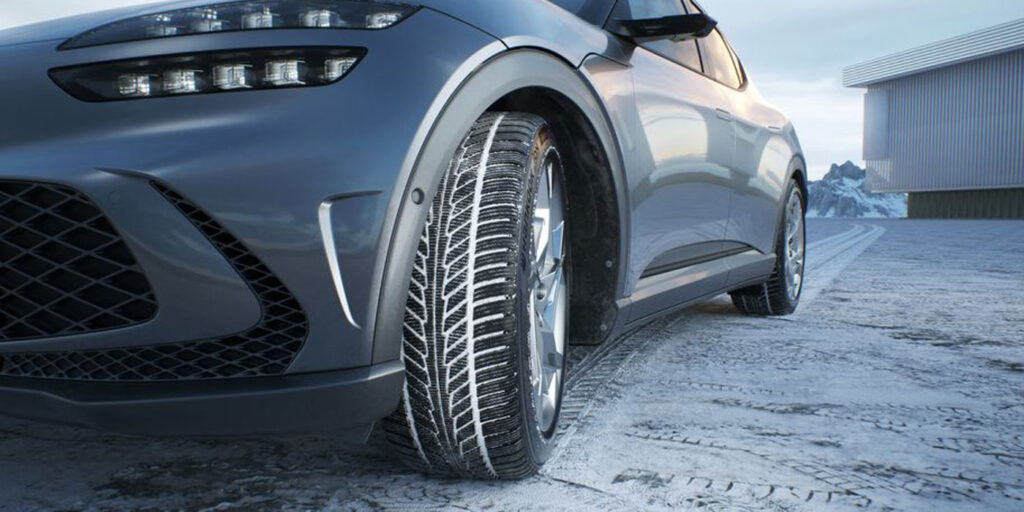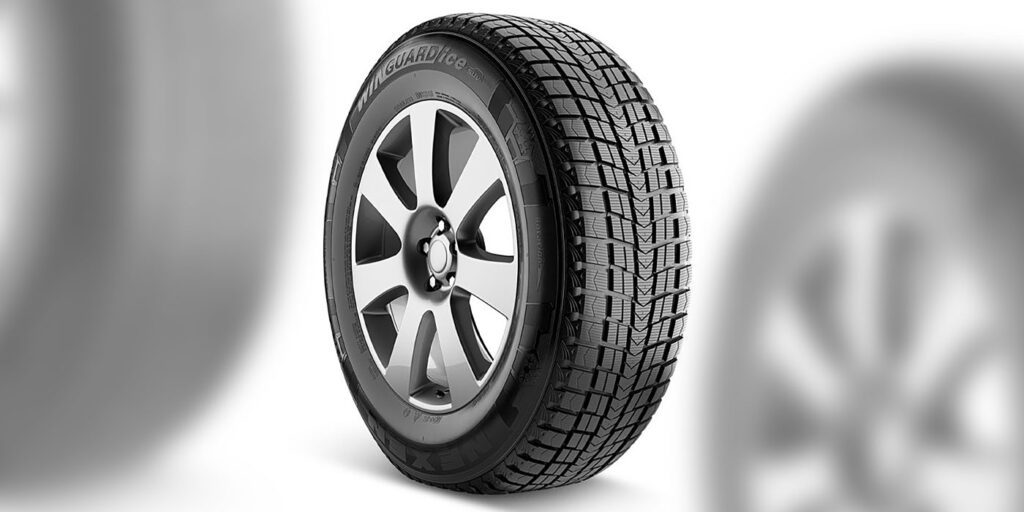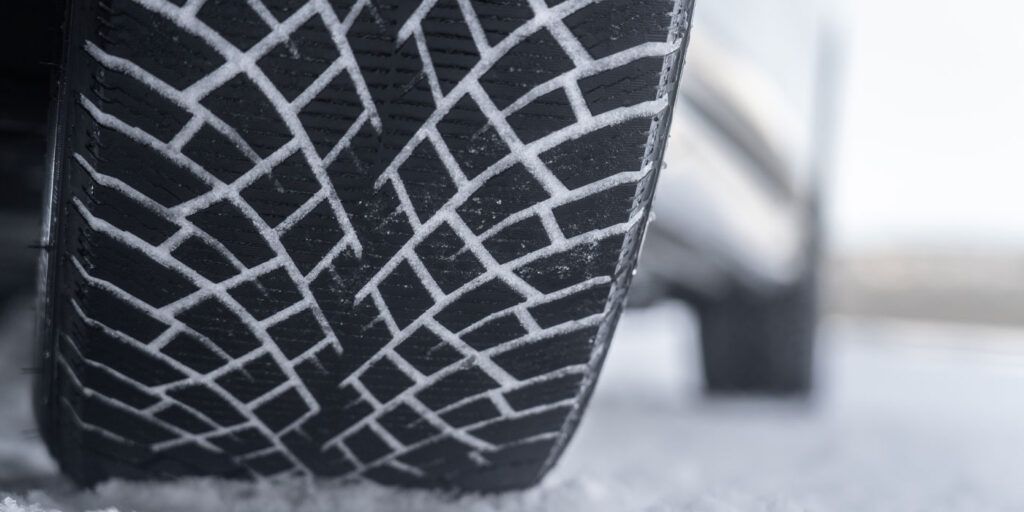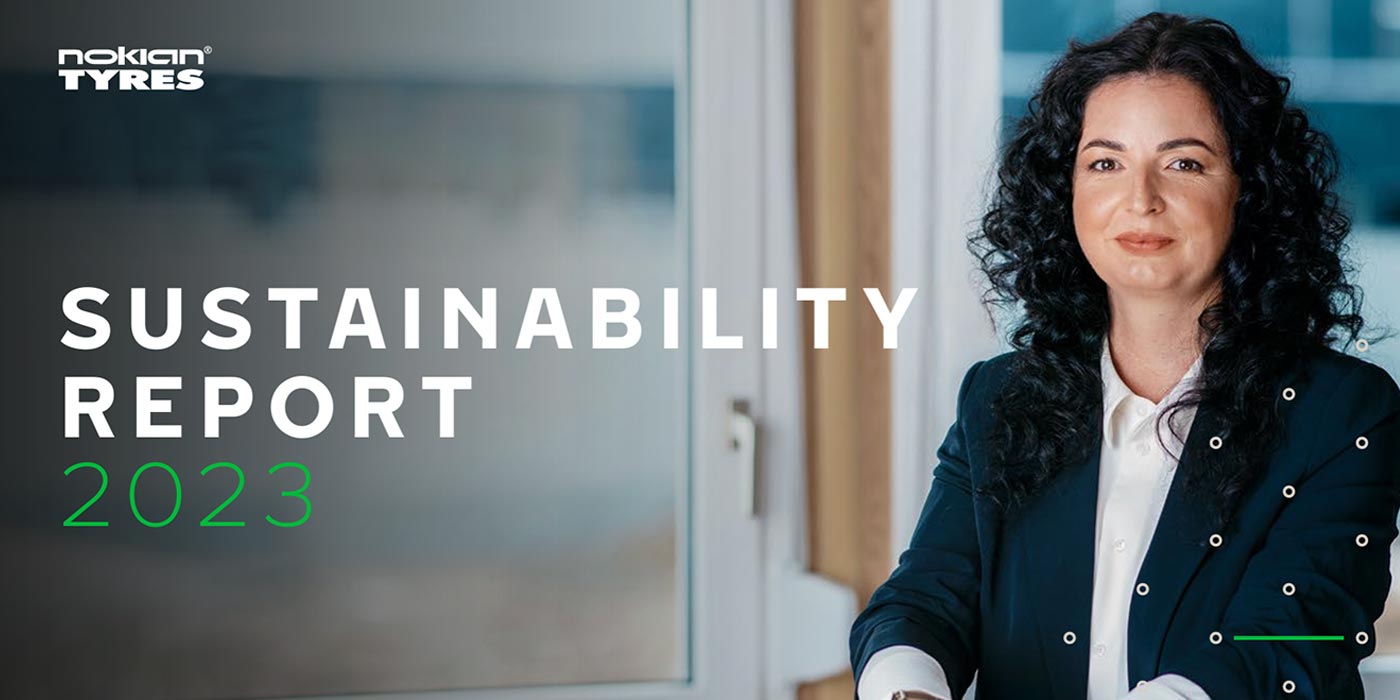Affected by pandemic supply chain disruptions and the uptick in sales of all-weather tires, the winter tire market in the U.S. has been largely flat in recent years. Despite the expectation that this will continue, tire dealers in snowy regions like the northern U.S. and Canada still should plan ahead to meet consumer demand in the segment — particularly for the new subsegment of tires for electric vehicles (EVs).
“The all-weather tire segment is growing rapidly in the current market…and is gradually encroaching on the all-season and winter market,” says Jason Yard, marketing director for Nexen Tire America. “From a consumer’s point of view, using an all-weather tire can reduce the cost of replacing tires in winter or spring, so the all-weather tire is becoming more practical. For this reason, the winter tire market is expected to grow less than 1% over the next five years.”
He adds that while winter tires continue to be popular for sedans and coupes in northern climates, due to shipment issues related to the global pandemic, total winter tire sales dropped roughly 18% during the past two years. As a result, many dealers submitted winter tire orders earlier this year to secure stock for the winter season.
“In Canada, the winter tire segment has seen years with significant growth and is expected to continue to grow in smaller increments in years to come,” says Steve Bourassa, director of products for Nokian Tyres. “In the U.S., where winters are not as frequent, severe or long as they are for their Canadian neighbors, the winter segment is expected to be mostly flat.”
He adds that growing demand for electric vehicles has offered new opportunities for both tiremakers and dealers. Nokian has introduced dedicated EV tires for its Hakkapeliitta 10 (studded) and R5 (non-studded) product lines.
“We construct these EV tires to provide extremely low rolling resistance that helps drivers maximize range,” Bourassa says. “They also feature acoustic foam that helps minimize road noise, and they’re built to handle electric vehicles’ heavier loads.”
Rob Williams, senior vice president of North America sales for Hankook Tire America Corp., says that previously, winter tires made much louder noise and provided shorter mileage. Now, consumers are hoping for improved performance and the quiet, comfortable ride that a typical all-season tire provides.
“With this in mind, it has become extremely important for tire manufacturers to balance these characteristics to enhance winter tire performance,” he says.
Williams agrees that EV-specific winter tires offer a growth opportunity, as Hankook is among several tiremakers planning to launch new products that fit the bill (Hankook will add winter EV tires under its iON product line).

“Just like EVs are different from internal combustion engine vehicles, winter EV tires are also different from all-season EV-specific tires,” he says. “Winter tires are required to carry the weight of EVs, support battery efficiency and strong motor output, while still delivering stability and comfort in snowy and icy conditions.”
Tire Technology & Performance
Winter tires are purpose-built, from compounding to tread features, to deliver safety for drivers in wintry weather conditions.
“Tiremakers go to great lengths to make winter tires more effective in cold weather than their all-season counterparts,” Bourassa says. “While winter tires typically feature softer compounds that remain effective in freezing temperatures, that’s only part of the equation. The true differentiator between good and great winter tires is the technology tiremakers use to increase traction with the road.
“For studded tires, stud placement is the key to responsive braking and precise handling,” he adds. “The best non-studded products are built to provide winter drivers with similar peace of mind. Our recent non-studded products feature built-in crystals that behave like studs; they’re embedded throughout the surface of the tire to provide strong traction even as the tire wears.”
Yard says that special tread compounds can maintain snow and ice performance even under low-temperature conditions, while tread patterns are directionally shaped to drain the wet and snow. Williams added that winter tire tread patterns are highly siped to increase grip on snow and icy roads.
“Typically, with winter tires, the tread pattern is deeper and denser by design than regular tires to ensure stability in snow,” he says. “This feature also effectively eliminates water created by melted snow.”
A large part of delivering safety in adverse weather conditions includes winter tires’ ability to enable grip, braking and handling.
“Precise braking and predictable handling are the two most important elements of a winter tire’s performance,” Bourassa says. “Four-wheel drive can compensate for some aspects of a vehicle’s acceleration, but good tires are required for effective grip with the road. After all, it’s called ‘four-wheel drive,’ not ‘four-wheel stop.’”

Yard added that using a winter tire in icy conditions or deep snow is key for safety.
“The ability to firmly grip the road while cutting through ice, snow and slush is key,” Yard says. “Mileage and noise are also important factors, which are often challenging when compared to all-season or summer tires.”
Meeting Customer Needs
When it comes to servicing customers, tire dealers should keep in mind that needs vary depending on the region and the type of vehicle.
“Sometimes, if snow is not as severe and the vehicle has all-wheel drive, a good all-season tire may work well,” Yard says. “But if winter tires are definitely required, the mileage, speed rating and traction rating all play a factor. Many manufacturers have several options ranging from high mileage to high performance. Make sure the shoulders are stiff to increase durability and prevent premature wear. If heavy loads are a concern, make sure to use the proper LT winter tire.”

Williams says that because a winter tire is specifically focused on low temperatures (below 45°F), it has a reduction of about 20% stopping distance compared to all-season tires and provides an optimized grip on snowy and icy road conditions — attributes that are important to communicate with customers.
“Dealers should keep all forms of winter conditions in mind when serving customers who are shopping for winter tires, including ice, snow and overall wet conditions,” Williams adds. “The best winter tire depends on a driver’s winter commute — whether it’s on icy roads or melted snow.”
Despite the growing popularity of all-weather tires, Bourassa recommends that dealers never replace a winter tire sale with an all-weather tire sale.
“Dedicated winter tires are still the safest option for sustained snow and ice, while all-weather tires are best sold as an upgrade to all-season drivers who do not plan to purchase a dedicated winter set,” he says. “Dealers should clearly distinguish the two options rather than using all-weather products as a substitute for dedicated winter tires.”














